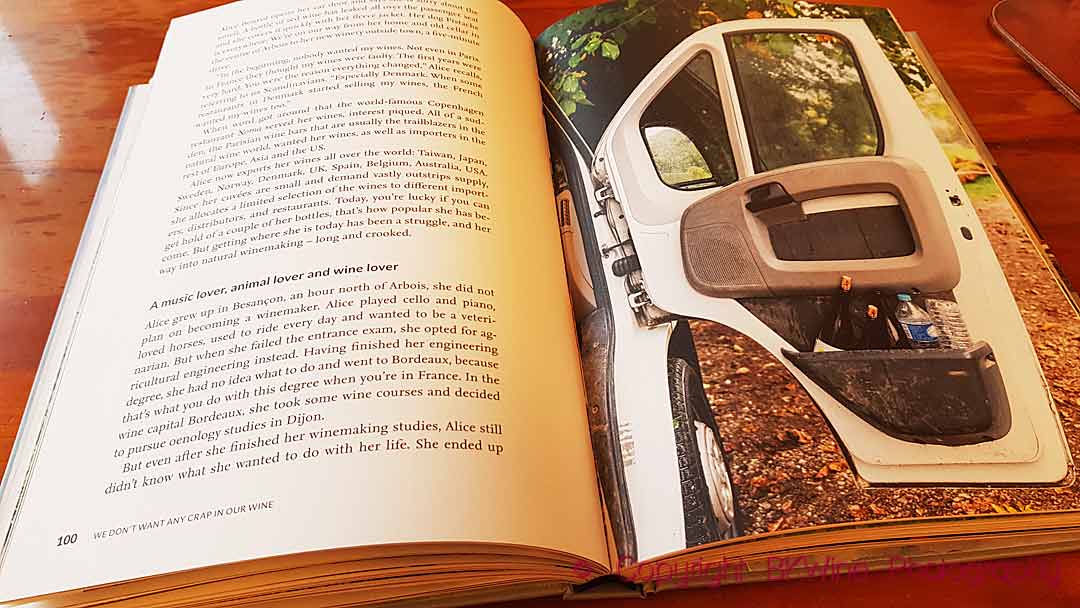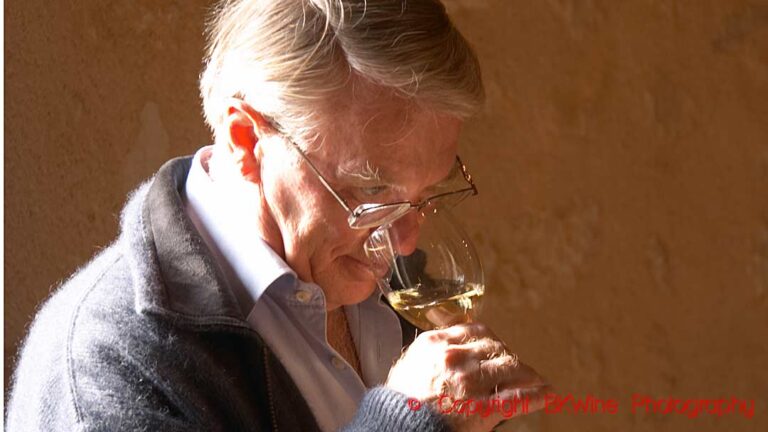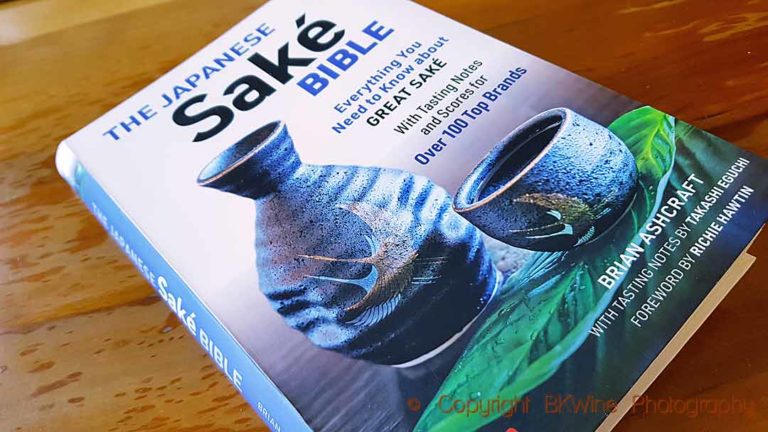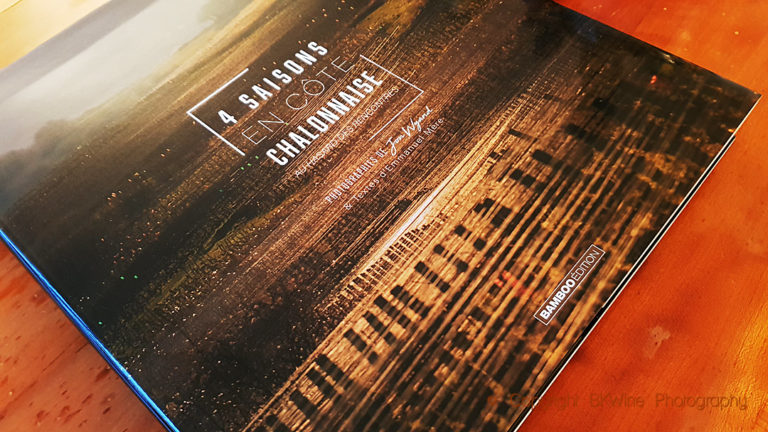Camilla Gjerde fell in love with natural wines in 2008 when she drank a Sicilian frappato made by Arianna Occhipinti. Eventually, the dream of making a book about natural wines was born. Several of her favourite wines are made by women, and that became the theme of the book: women who make natural wines.
The book is about seven female winemakers in France, Italy and Austria. They all get plenty of space in the book. Camilla starts with a short introduction to natural wine, but then, these winemakers are the main characters. We hear about their dreams, their lives, how they work. It is fascinating and well written. There are long sections about each winemaker, which is the book’s strength. You get a real insight into what natural wine means to them.
They talk about the work in the vineyard. Elena Pantaleoni at La Stoppa stresses the importance of not leaving the soil bare, of always having a cover crop in the vineyard. Ideally, you should just leave it alone, she says, but she has noticed that a light ploughing just a few centimetres into the topsoil can be positive. Prioritizing the local grapes is a matter of course for all of them. These grapes are adapted to the local conditions, and they give the best local character to the wines.
A lot is said about additives, that is, not adding any. Their wines will be different, they say. One of them raises the interesting question of what should be considered a faulty wine. Is the wine really faulty, or is it just that our taste buds are not used to it?
You can have opinions on some of the things they say. I strongly question Arianna Occhipinti’s claim that natural wine is better for your health and that you do not get a headache the next day. I insist on believing that it depends on how much you drink. One of the women says that she certifies her grapes but not the wines, a procedure that is in itself possible but the wine can not be called organic. (Also, you cannot mention it on the label; for example, the term “wine made from organically grown grapes” has not been allowed since 2012 when the definition of “organic wine” was agreed upon.)
Some of them talk about the heavy bureaucracy (here they tend to exaggerate a little, in my opinion) that makes them refrain from getting certified organically. They also prefer not to be bundled together with “ordinary” organic growers. They think that the rules for additives in organic wine are far too generous. But the organic EU certification has always been primarily about how to work in the vineyard. Setting up rules for vinification is not as straightforward because that doesn’t directly concern the environment.
Books about natural wines often glorify “the past”. So also, this book. Natural wine producers “go back to traditional methods” or use “ancient traditions to treat their vines and make their wines”. But pests and diseases have always existed, and farmers have always had to protect their crops. In the past, natural pesticides (which contained mercury, arsenic, lead…) were used instead of synthetic ones. But that does not mean they were harmless. On the contrary.
Arsenic has been used in viticulture since at least the 19th century. In the 1970s, it was discovered to be carcinogenic. Wines in the olden days were not free from additives either. The wines of the Romans are good examples of this. Wine producers have always been keen to obtain a reasonably stable product, which often means adding something.
Natural wines are an exciting niche that increasingly influences the wine industry as a whole. But as so often in natural wine contexts, it becomes too much of “we are right, and they are wrong” or “we are the good ones, and everyone else is the bad ones”. The EU certification drives organic farming forward, so we need the organic growers who confront the bureaucracy and certify their wines even if they choose to make use of some of the permitted additives in the cellar.
But regardless of this, the book is worth reading, especially for the fine producer portraits.












